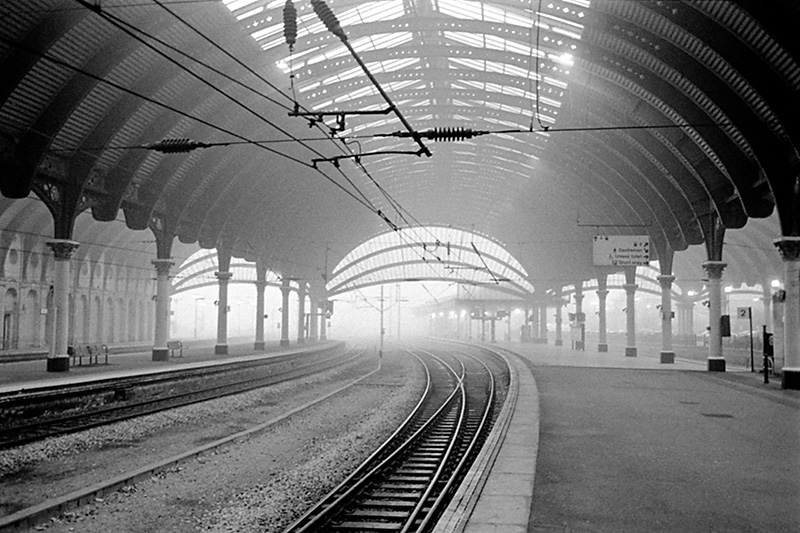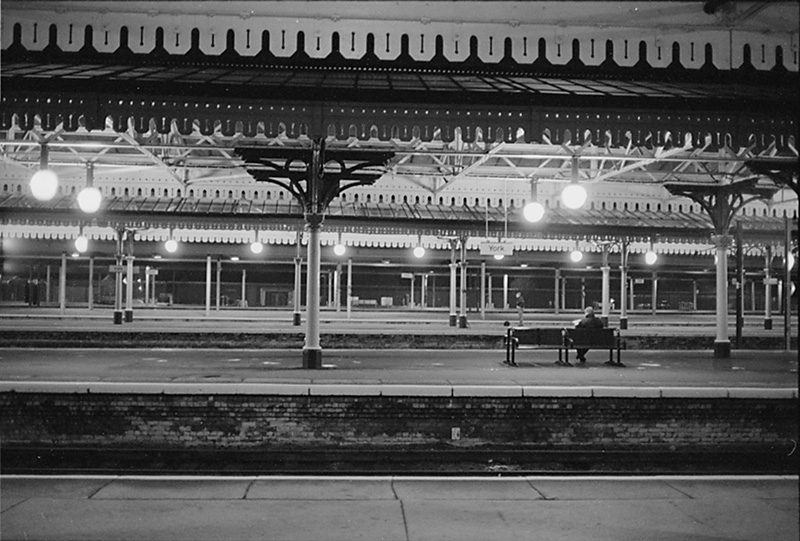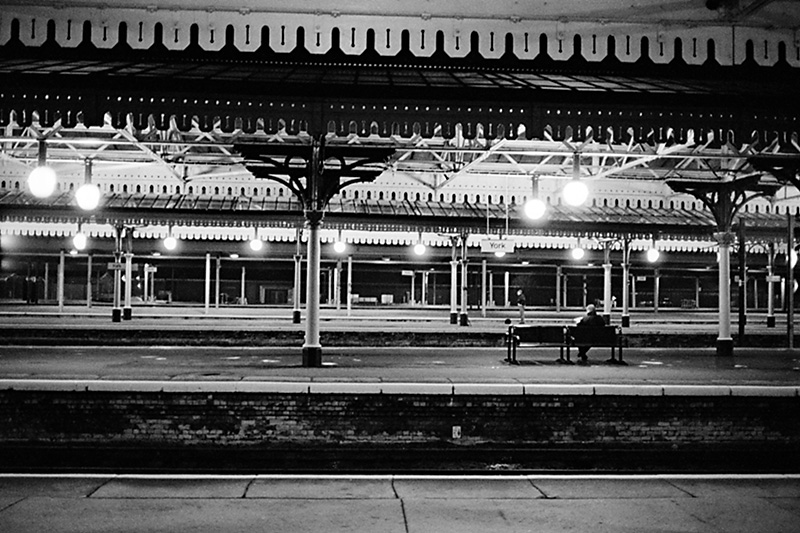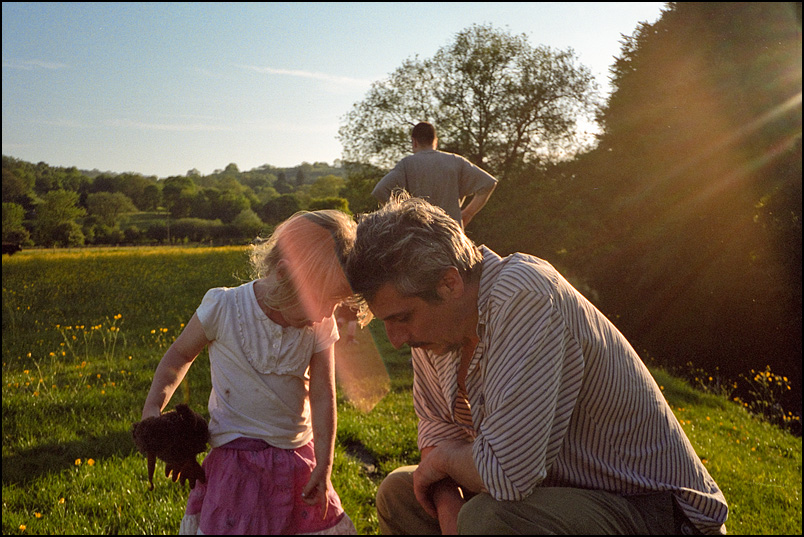Bart_van_der_Wolf
pro member
Any comments about the scan samples I've posted above? Do the results seem to be what one should expect or am I doing something wrong in the scanning process?
Hi Cem,
I don't have personal experience with the Fuji PRO 160S CN film, but it doesn't look much different from what I'd expect from the Canon FS4000 scanner @4000 PPI and an ISO160 color negative emulsion. Slides scan with lower noise because they require less of a contrast boost, but their higher density range is a challenge for a consumer grade scanner. You mentioned Multiscanning, have you tried the visible difference between 16x and fewer samples?
Depending on scan technology I assume that the result could be improved a bit. A drum scanner has the possibility to vary the size of the scanning spot and the sampling density. The combination of both can pull the most detail out of a piece of film, while keeping graininess low. But the price per scan might be prohibitive, unless the image is very important. Finding a scanner and a competent scanner operator make it an even more hit or miss operation.
A feature I like in the Minolta 5400 PPI consumer scanner (Scan Elite, model 1), besides the resolution, is the possibility to use a grain equalizer (lightsource diffuser) which allows to reduce apparent grain and suppresses dust and scratches, even on film that contain silver (where dICE will fail). Unfortunately, Minolta dropped that feature in its second generation model, probably due to insufficient light output from the newer lightsource. The moment my scanner dies, it's probably impossible to get it repaired (it was already difficult during it's commercial life).
Bart
Last edited:












